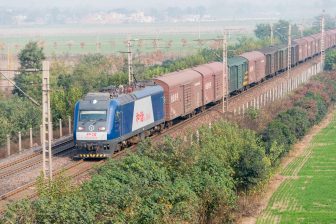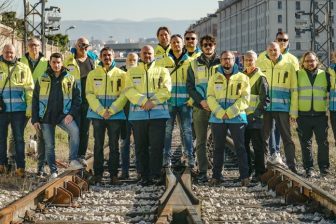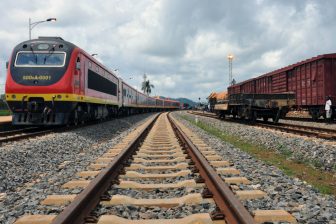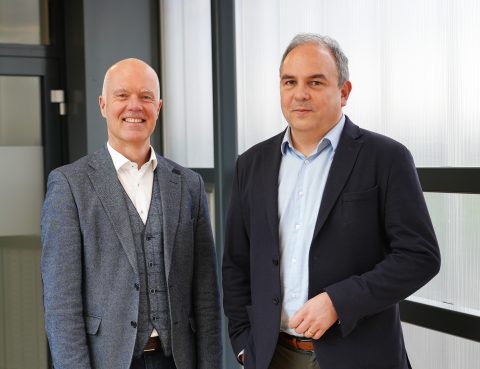
Bettembourg-Dudelange terminal upgrade advances smoothly
The upgrade of the intermodal terminal in Bettembourg-Dudelange, Luxembourg is proceeding apace. For example, the new gantry cranes have been operated remotely since December 2022 thanks to a Remote Operation System (ROS). RailFreight.com had a chat with CFL terminals CEO Daniel Feyder and Vice CEO Paul Kronenberger about this and more concerning the upgrades that the terminal is undergoing.
Part of the upgrade of the intermodal terminal in Bettembourg-Dudelange is encompassed under what the company called the PULSE project, in collaboration with the European Climate, Infrastructure and Environment Executive Agency. The total investment for this initiative revolves around 7,7 million euros. In March, the European Commission allocated 2,3 million euros via the Connecting Europe Facility to cover part of the financing.
However, PULSE is not the only plan when it comes to the upgrade of the terminal, which aims at boosting intermodality as well as digitalisation. Other than the ROS for the gantry cranes, a Secured Truck Station is in service and will soon be able to accommodate electric and hydrogen-fuelled trucks. However, CFL terminals is also investing in electric vehicles for terminal operations. More electric tractors have been ordered and a new charging facility for these vehicles will soon be installed in the terminal. Once this is all implemented, half the tractors running at the terminal will be electrically powered. Moreover, the company’s executives told us that there is an ongoing collaboration with a local provider to implement 5G technology.
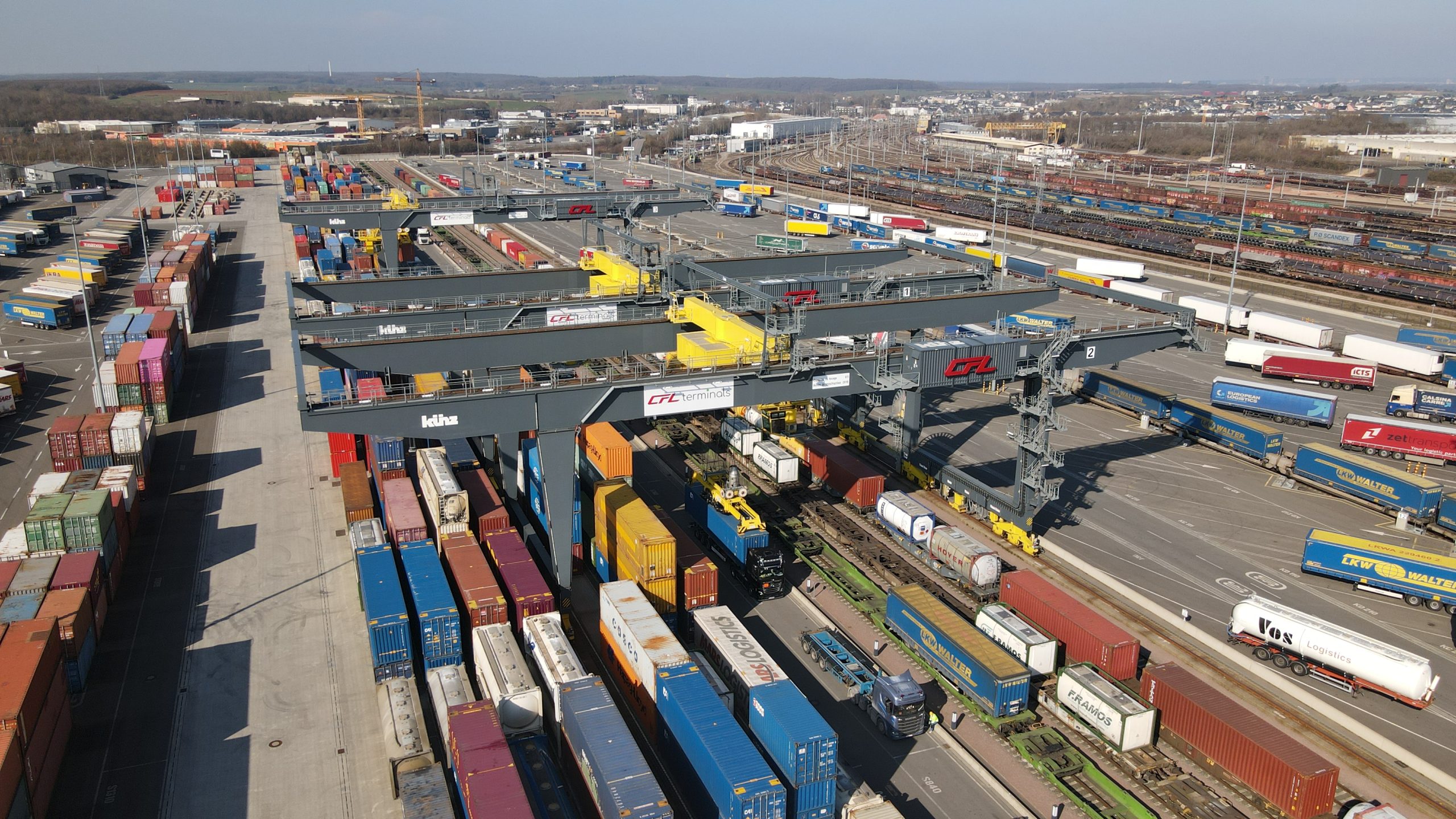
Shifting to remote control of the gantry cranes
The third gantry crane was inaugurated in September 2022 and the ROS was implemented a couple of months after. This included the retrofitting of the two existing cranes to operate in ROS mode. “The possibility of adding a third crane has been there since the terminal’s opening in 2017. The EU Green Deal and the higher demand for volumes of our clients has been a leading factor for us to install a third crane”, Feyder said. Despite acknowledging that it is hard to predict what the future brings in terms of volume, one thing is clear: the third crane, in collaboration with the ROS, will increase the total capacity by 50-60 per cent, enabling the terminal to handle 230,000 ITUs every year.
One of the “big challenges” of implementing the ROS at the terminal was training the crane operators to work in a different work setting. The company can count on a team of 15 crane operators that were trained in collaboration with Künz, provider of the crane, on a ‘train the trainer’ principle. “The shift from being alone in the cabin at 12 metres high to sitting and working in an office surrounded by other colleagues was both a challenge and an opportunity”, Kronenberger pointed out. However, he highlighted that six months later, most of them are saying they would not go back to operating from the cabin, which remains an option as a fallback solution.
The advantages of ROS
An ergonomic office, increased visibility on the units handled, higher productivity in terms of switching from one crane to another, and an overall pleasant working environment are just some of the advantages that the ROS brings. “The training lasted two months, during which some of the team leaders were trained by Künz”, Feyder claimed. The operators were also involved in providing feedback during the training, for example, the joystick or safety issue.
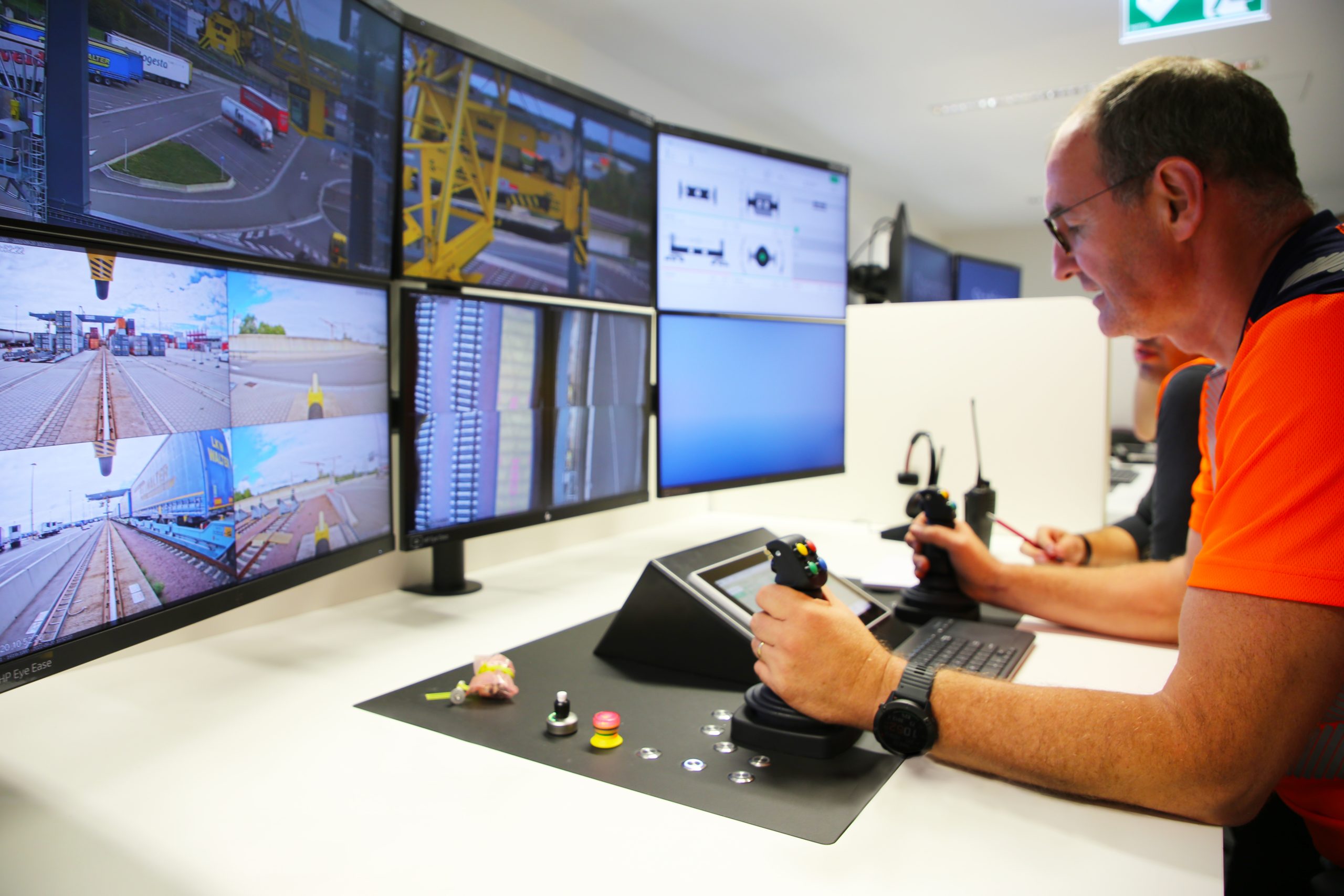
The Secured Truck Stop
The Secured Truck Stop, located where the old terminal used to be, will soon be equipped to recharge electric trucks, in addition to traditional fuels. Two e-stations will be implemented at the end of this year and then there will be more coming in 2024-25. Moreover, by September, it will be possible to accommodate trucks fuelled by hydrogen as well. This, as Feyder highlighted, will be the first hydrogen station in Luxembourg.
The Secured Truck Stop is tailored to drivers’ needs. The facility includes a mini-market & bistro, a gas station, a truck wash station, a picnic area, an outdoor fitness area, and a laundry station. Moreover, CFL site services has foreseen installing a motel for the drivers as well. “Nevertheless, the Secured Truck Stop is really dedicated to the customers of the terminal and the Logistics Park nearby”, Kronenberger underlined. The decision to not make it fully publicly accessible is to keep the roads of the nearby villages less congested.
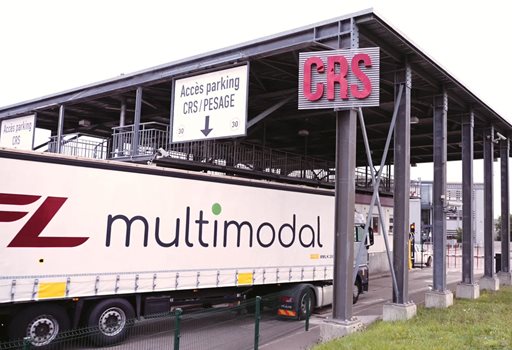
The possible roles of 5G
Concerning the terminal upgrades, the CFL terminals CEO also mentioned possible developments regarding the implementation of 5G technology. “The 5G network still needs to be installed and there have been talks of a collaboration with a local provider”, Feyder revealed. The 5G technology, for example, could be used as either a replacement or backup solution for the fiber optic that connects the cranes in the facility. “A 5G system would allow the use of the mobile IOT devices”, he concluded.
In the video below, you can see how the third gantry was recently installed at the CFL Intermodal terminal in Bettembourg-Dudelange.



